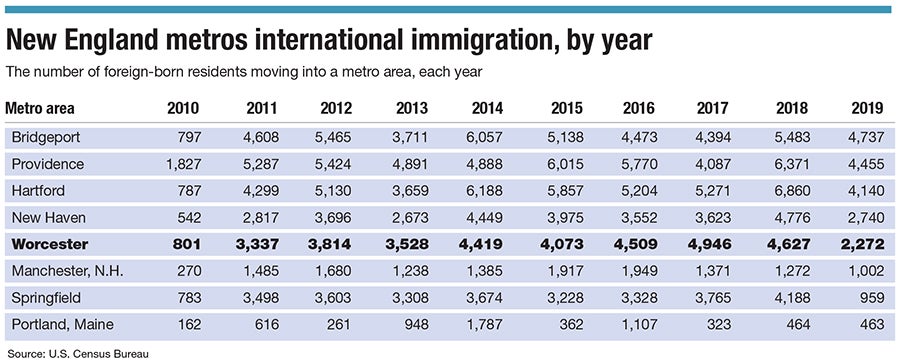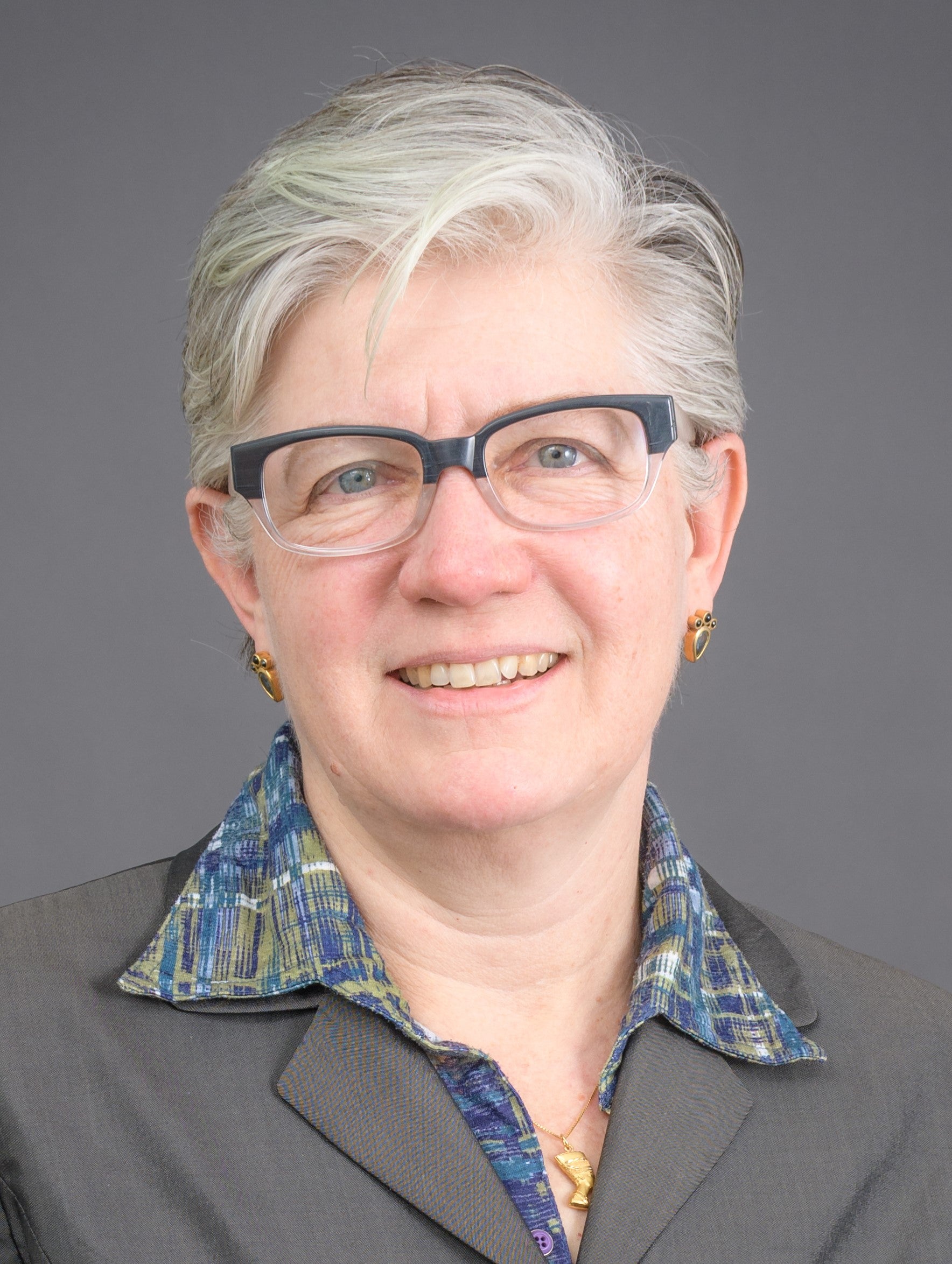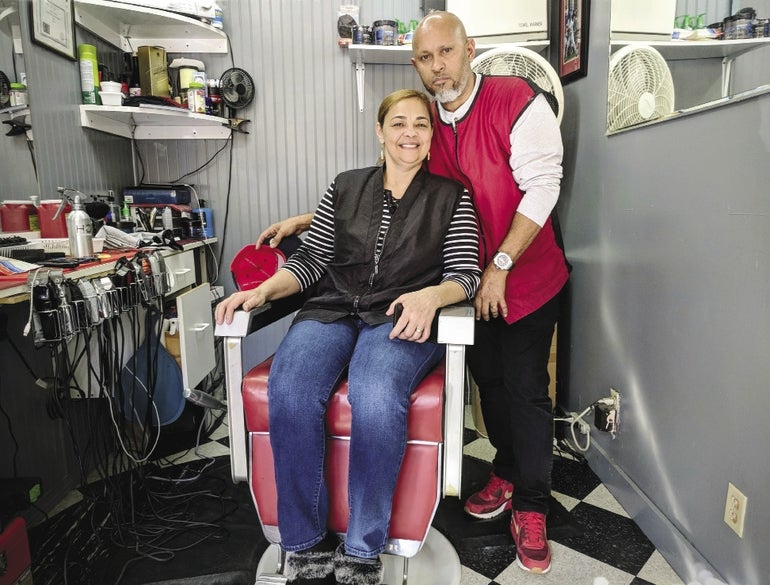Foreign-born immigrants have long driven the Worcester area’s population growth – and given diversity to its restaurants, shops, schools and workplaces – but a precipitous drop in international arrivals in 2019 could portend challenges to come.
Get Instant Access to This Article
Subscribe to Worcester Business Journal and get immediate access to all of our subscriber-only content and much more.
- Critical Central Massachusetts business news updated daily.
- Immediate access to all subscriber-only content on our website.
- Bi-weekly print or digital editions of our award-winning publication.
- Special bonus issues like the WBJ Book of Lists.
- Exclusive ticket prize draws for our in-person events.
Click here to purchase a paywall bypass link for this article.
For the last decade and beyond, the Worcester metropolitan area has turned primarily to one place for population growth: abroad.
Foreign-born immigrants have long driven the Worcester area’s population growth – and given diversity to its restaurants, shops, schools and workplaces – but a precipitous drop in international arrivals in 2019 could portend challenges to come.
From 2010 to 2018, the Worcester metro area added an average of 3,784 new immigrants annually. That number peaked at 4,946 in 2017 but fell to 2,272 in 2019, according to new annual estimates from the U.S. Census Bureau.

A second trend moving in the wrong direction pushed 2019 to show by far the lowest population growth for the decade for the region: national migration. The difference between people from the rest of the country moving into the area versus moving out had the largest gap in three years.
In 2019, 2,127 more Americans moved out of the Worcester area than moved in. Natural growth – births outnumbering deaths – declined as the decade went along, hampered by low birth rates.
Because of the national migration and lower birth rates, the region relies on a regular influx of new immigrants to keep the population steady and the economy growing. The census defines the Worcester metropolitan area as Worcester County and Windham County, Conn.
Metro areas in Arizona, Florida, Nevada and Texas attract droves of Americans each year, primarily from the North. But the Worcester area isn’t in the Sun Belt, and like other Northeast cities – even Boston and New York – it regularly loses residents to areas with warmer climates and cheaper real estate.
Such trends are watched closely by experts in demographics and economics. In the city of Worcester itself, immigrants make up more than one out of five in the population, and studies have shown they have an outsized importance to the economy.
“That domestic out-migration has been a pattern for a good half-century, with fits and starts,” said Justin Hollander, a professor of urban and environmental policy and planning at Tufts University in Medford. “International migration plays a role.”

A need for immigrants
Immigrants have long helped fuel Worcester’s economy, from long-ago mill workers to today’s college students, doctors, and food and hospitality workers.
Foreign-born residents make up nearly 22% of the city’s population – roughly 40,000 of the city’s 185,000-plus residents, according to the census. Across the metro area, immigrants make up 13% of the population.

A decline in new immigrants today, particularly if it becomes a longer-term problem, will take time to become more apparent in the area’s economy, said Anita Fabos, a professor of international development and social change at Clark University’s Department of International Development, Community and Environment in Worcester. That’s because there’s typically a lag period of about 10 years from when a person arrives and when they have enough resources to start a business.

“Some industries that are particularly reliant upon international workers or clients,” Fabos said, giving universities as an example, “may have to seriously reconsider their business model with a loss of international migration.”
Worcester touts itself as a college town, and its nine higher education institutions bring thousands of students each year. But an Institute of International Education report last December showed local schools relying most on international students are already seeing declines.
Worcester Polytechnic Institute, which has more than 1,800 international students, saw a drop of 2.4% from the 2017-'18 school year to the 2018-'19 year, according to the New York-based group. Clark University, with more than 900 international students, fell by 1.5%, and UMass Medical School saw a 6.5% drop to 158 foreign students.
The high school-age population in Massachusetts is declining, forcing a greater reliance on students coming from elsewhere in the country or abroad. The state draws the country’s fourth highest number of international students, according to the report.
The state continued seeing a rise in international students that year, but that wasn’t the case nationally. Undergraduate and graduate students enrollment dropped 1.9%, marking the second straight year in which numbers of students fell.
Worcester’s Seven Hills Foundation, a human services nonprofit, has seen the effects itself in trying to hire for its own programs, which are typically entry-level positions taken by immigrants.
“Our abilities to recruit people from other countries has been pretty much shut off,” said Bill Stock, Seven Hills’ vice president for government and community relations. “It’s become so difficult that it’s not even worth our while to try.”
A common regional challenge
The Worcester area is not alone in struggling to attract more new residents.
The Bridgeport, Hartford, New Haven and Springfield areas each lost population in 2019, and Hartford and New Haven did throughout the 2010s. Outpacing Worcester in population growth in 2019 were metro areas around Portland, Maine; Manchester, N.H.; and Providence.
In 2019, just 145 more people moved into the Worcester metro area than moved out – known as net migration – the lowest total since 2012.
Put these trends together, and 2019 gave the Worcester area its lowest one-year population increase of the decade.
The Worcester metro area averaged 3,261 additional residents every year through the first nine years of the decade, including 3,966 in 2018. In 2019, only 1,291 were added to the area’s population, a rise of 0.1%.
That's one-fifth of the national growth rate.
Since 2010, the Worcester metro area has grown by 3.3%. The national average is 6.3%. In Massachusetts, it’s 5.3%.
Net migration wasn’t kind to Massachusetts, either. The state had the fifth highest loss nationally in domestic migration last year at 30,274.
The U.S. as a whole has been attracting fewer immigrants, too. The decade-high mark for new arrivals was more than 1 million in 2016. By 2019, it declined by 43% from that point.

The trend coincides with President Donald Trump’s term in the White House, with stricter immigration policies and a less welcoming attitude toward foreign-born residents. Trump said March 20 he plans to suspend immigration indefinitely, citing the coronavirus pandemic, which itself could pose a longer-term practical challenge regardless of who is in the White House.
“Unfortunately, the current administration has a policy in place that hasn’t exactly been welcoming,” Stock said. “It’s going to take some time to reverse the process of these last few years.”
Hollander, the Tufts professor, said he expects the United States to nonetheless continue to be a draw for immigrants. The ultimate challenge is whether foreigners are able to get a visa to study or a work permit, he said, something that largely lies with the U.S. president.
Fabos was more optimistic when looking longer-term.
“Our sense is that immigrants especially make a distinction between the federal policies of today and the overall feeling of the welcome by the U.S. public,” she said, referring to a migration-focused research team she leads at Clark.
“Of course, there are some who may be put off by the general climate,” she added, “but there are not too many alternatives to the U.S. for educational and professional opportunities, and Worcester attracts a good number of international students as well as skilled migrants.”

